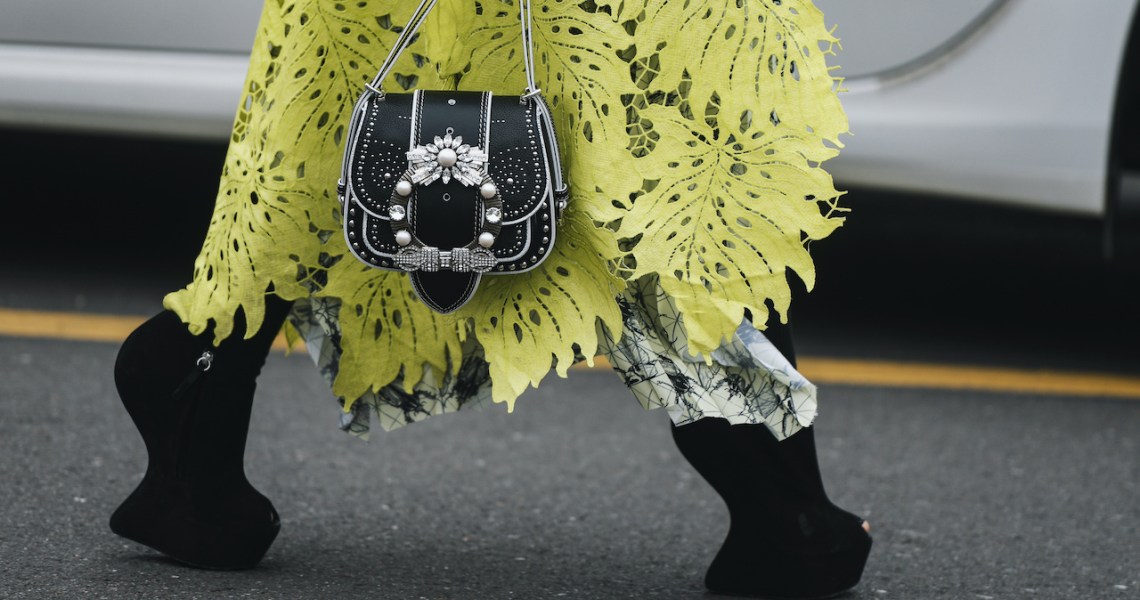On the heels of the First World War, a deadly global pandemic and the women’s suffrage movement, a new consumer emerged in the early 1920s. She was a loose dress-wearing, short hair-sporting, red-lipped bon vivant, and her male counterpart wore wide-legged trousers and a fedora.
Underlying the glamour and excess that came to define the fashion of the era was a trend toward casual wear — a rejection of formal Victorian period attire, in favor of simple lines crafted with inexpensive material. Social mores were rapidly changing and fashion kept apace, thanks to designers such as Coco Chanel.
Led by the likes of powerhouse brands Gucci and Balenciaga, a renaissance of similar proportions appears to be in store for the global fashion industry in the post-Covid era.
“Expect a return to opulence, fantasy, wild nights out and big budgets spent on evening dresses and stylish evening ensembles — sports-luxe will not cut it,” said Andrew Ibi, co-founder of Fashion Academics Creating Equality (FACE), a U.K-based group that advocates for equality in education.
But, the pandemic has also deepened consumers’ awareness around sustainability and spurred companies and brands to adapt and respond. In the new Roaring ’20s, the modern shopper wants it all: products that are both luxurious and eco-friendly, styles that are simple and glamorous, and a shopping experience that is both convenient and interactive.
“The old modes of fashion are being challenged by an awakened consumer asking for more from their products and more knowledge of their products,” Ibi said.
How brands respond to sustainability demands will be as important as to what extent they’ve embraced the trend, said Clara Chappaz, chief business officer at luxury fashion resale site Vestiaire Collective. The industry’s own long-term viability is incumbent on how companies approach this challenge.
“Brands will have to showcase that they are taking sustainability seriously; they’re acting toward it; they’re finding ways to interact with the second-hand market — if not offering second-hand themselves as an opportunity to their customers,” she said.
Changing consumer habits during lockdown last year accelerated the resale trend, Chappaz said. The strong growth in the second-hand apparel market was thanks in large part to environmentally conscious customers who eschew cheaply made, trendy clothing for sustainable alternatives.
“It’s pretty easy for people to understand that, by buying second-hand, they are consuming in a different way. They’re buying products that already exist … which [provides] a much clearer impact than buying from sustainable brands, because there is a lack of transparency in the first-hand market on that front,” Chappaz said.
There’s also been a significant uptick in people buying high-value investment pieces despite the economic downturn, said Chappaz. Luxury titans Louis Vuitton, Gucci, and Dior have been dominating this space.
She predicted that collaborations and partnerships between brands and designers will expand in unprecedented ways as both seek to inspire and surprise customers, while building bridges between fashion, art and beauty. Brands will continue to optimize technology and social media to tell new stories, engage with consumers and create excitement, said Ibi.
“Over the next five years, brands with robust social and political agendas will see cult and niche status,” he said.
In this new era, people will dress for themselves, in a way that they haven’t in the past, said Kimberly Chrisman-Campbell, a fashion historian, writer and curator.
“We’re going to see a personal-style renaissance,” she said. “People have been thinking about what they wear, how they look and how they want to look, while having less input from Vogue and from the runway. People have been finding their own way, and that’s really exciting.”




